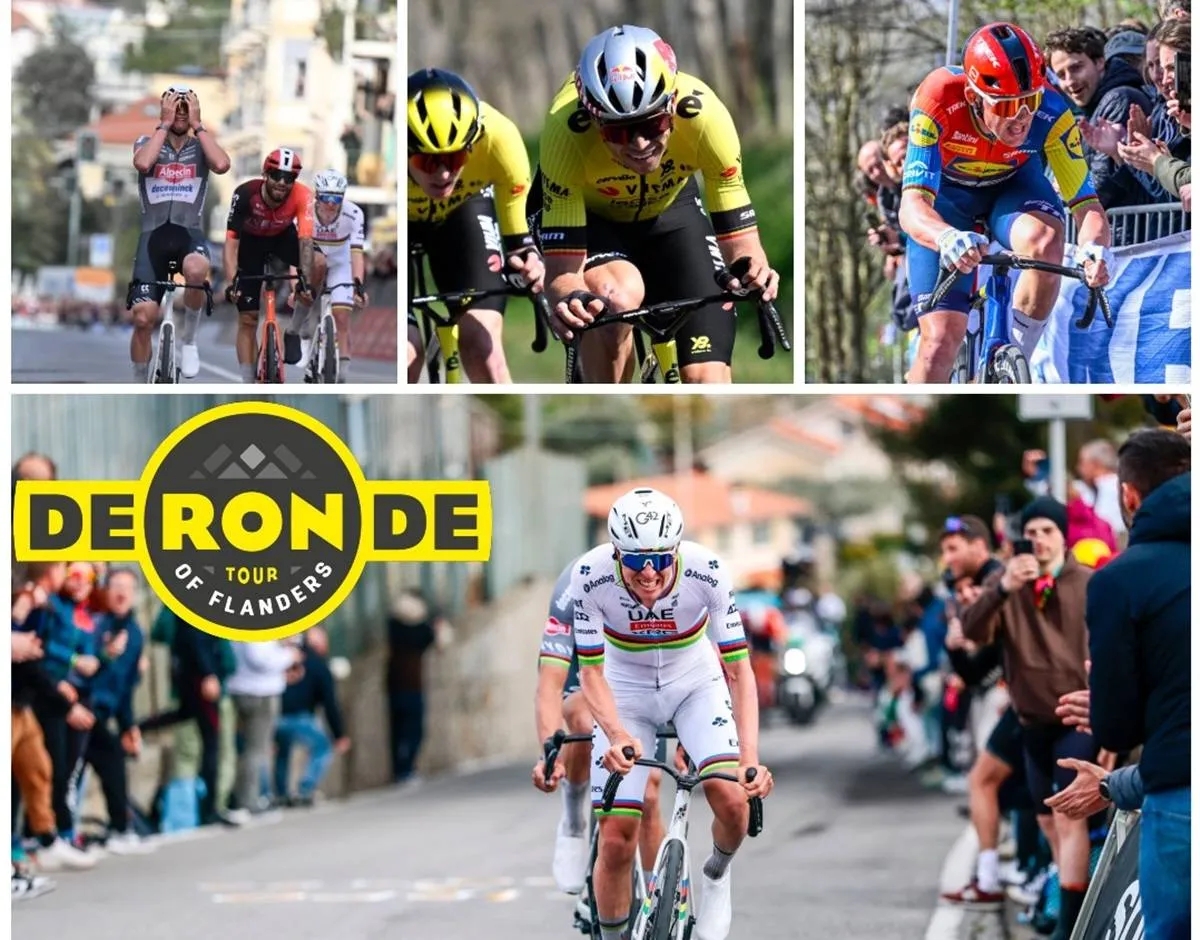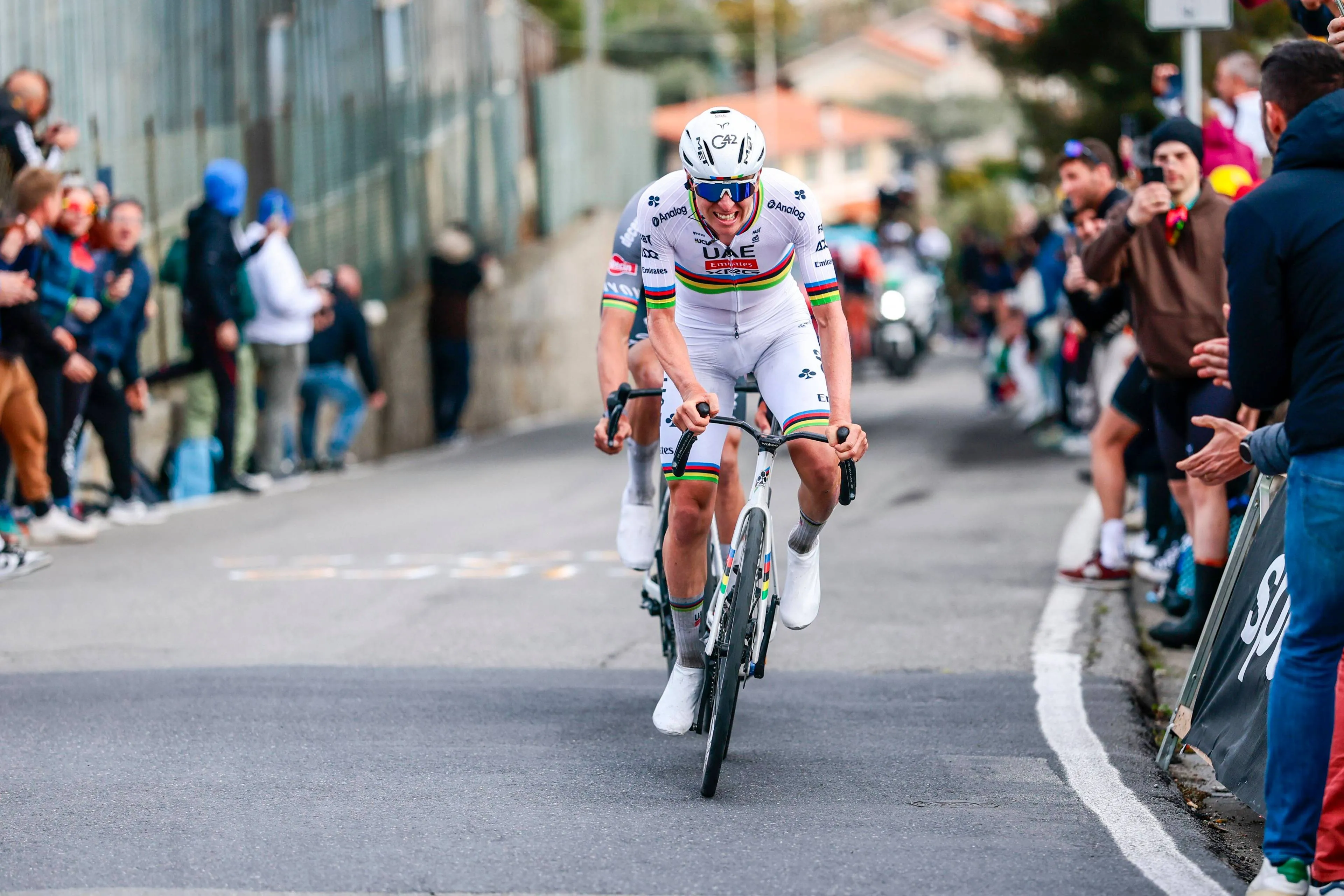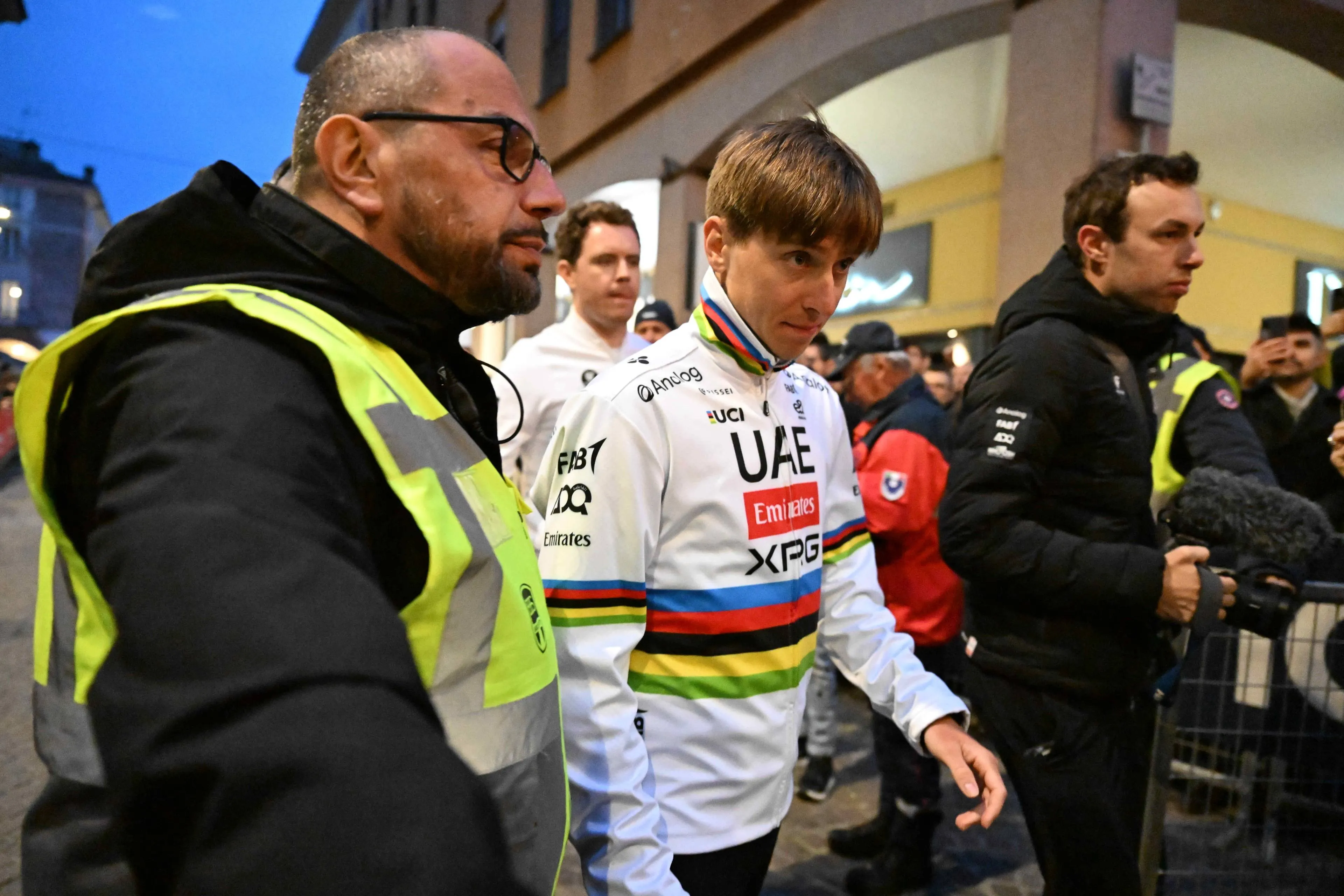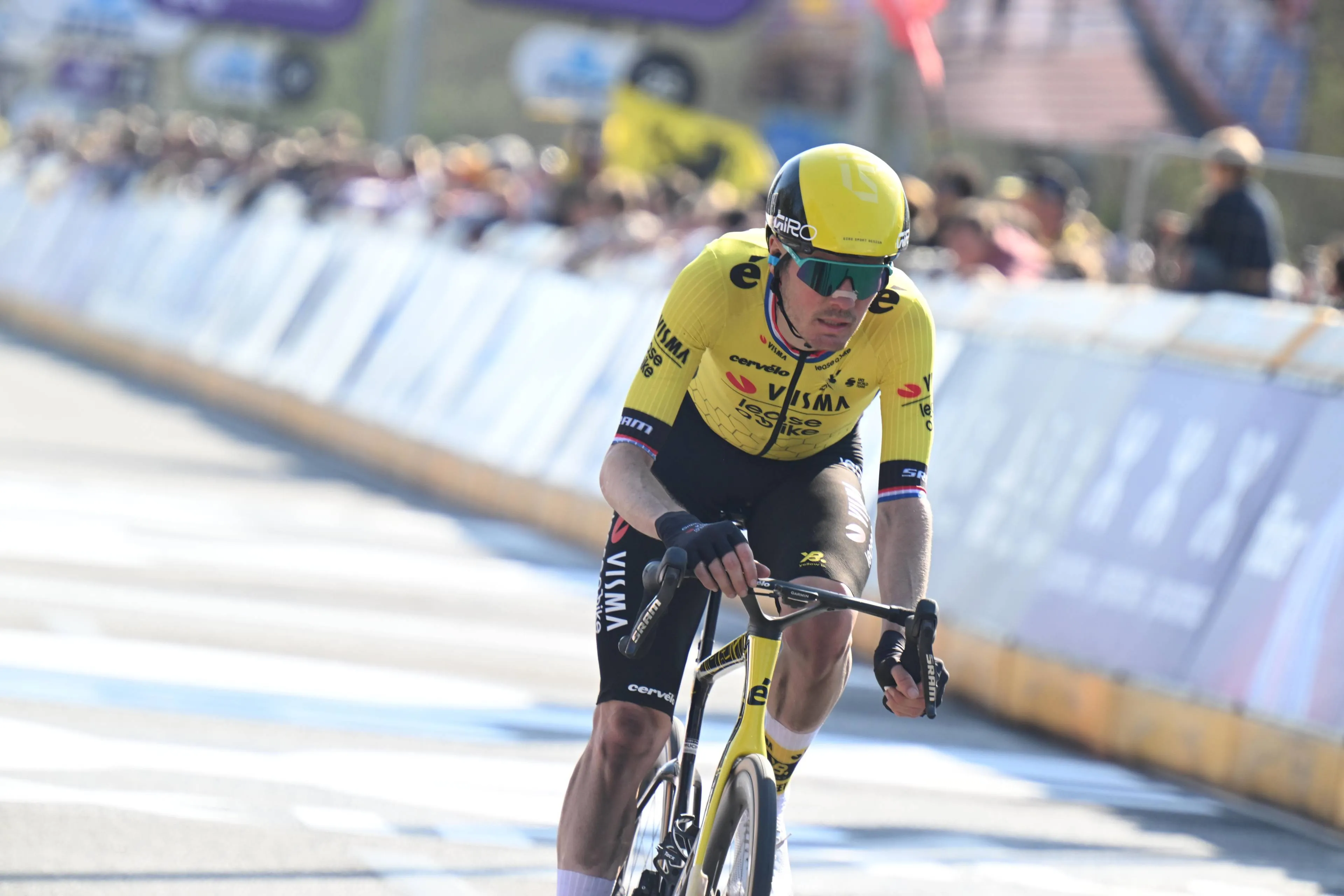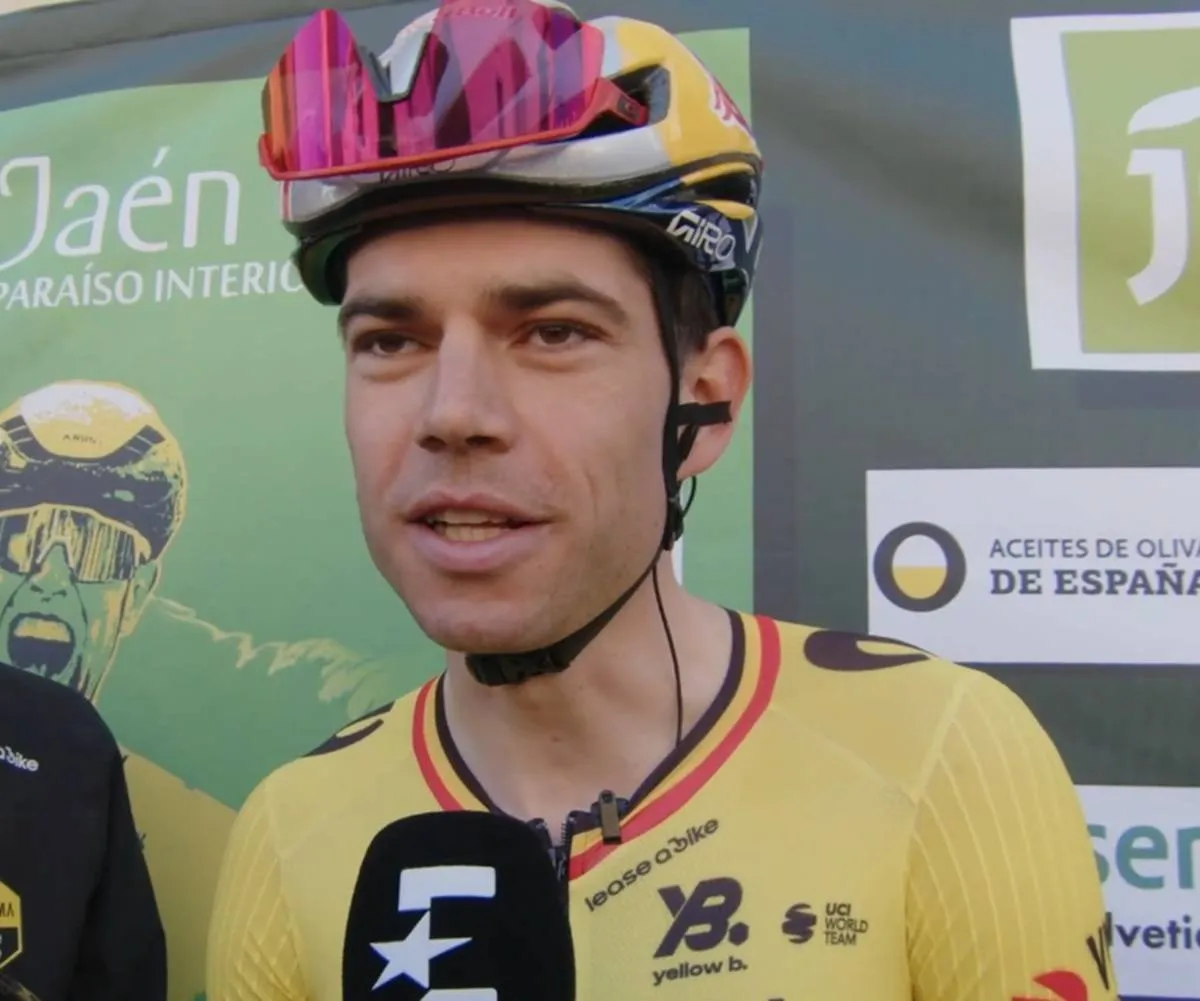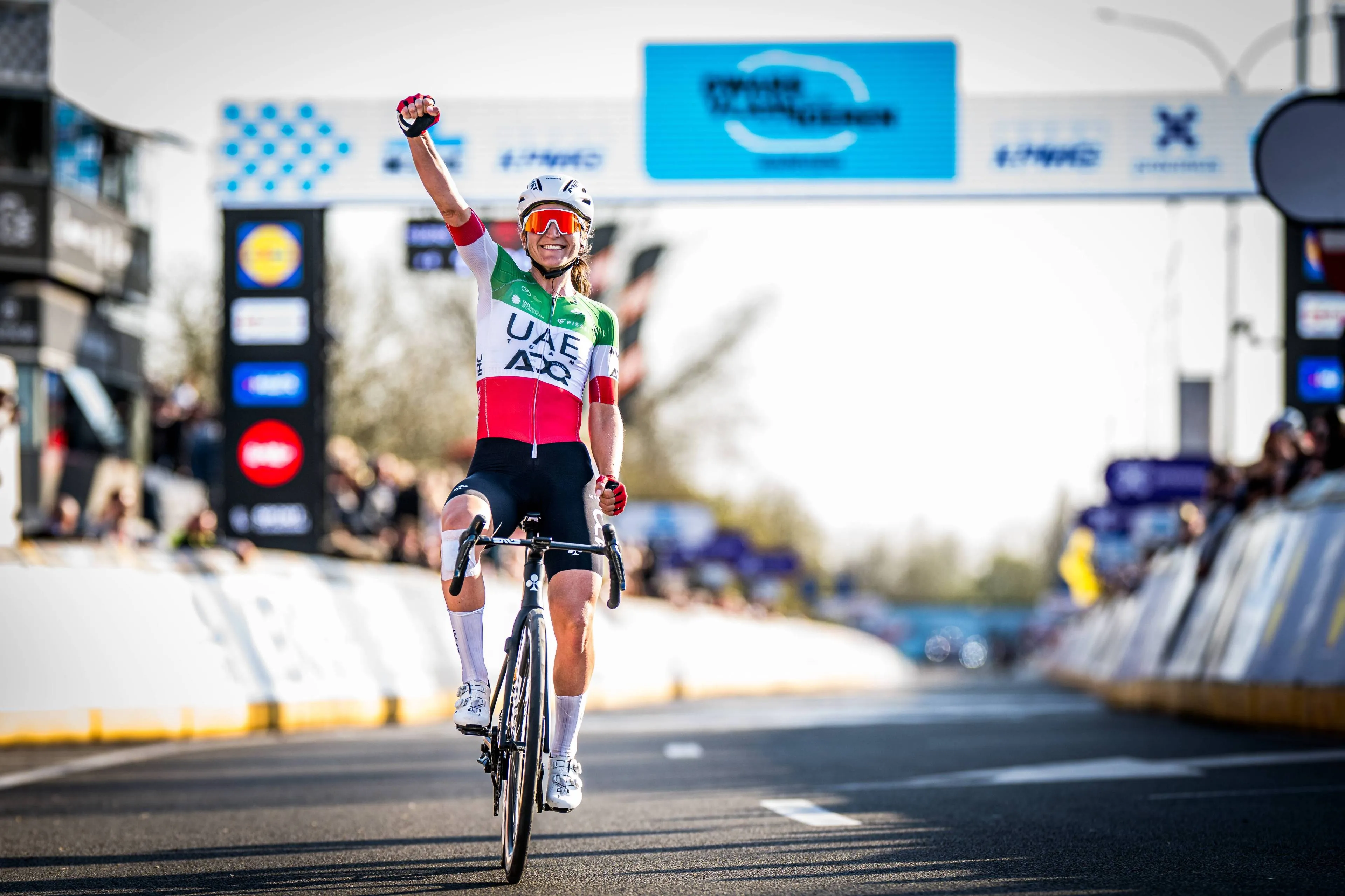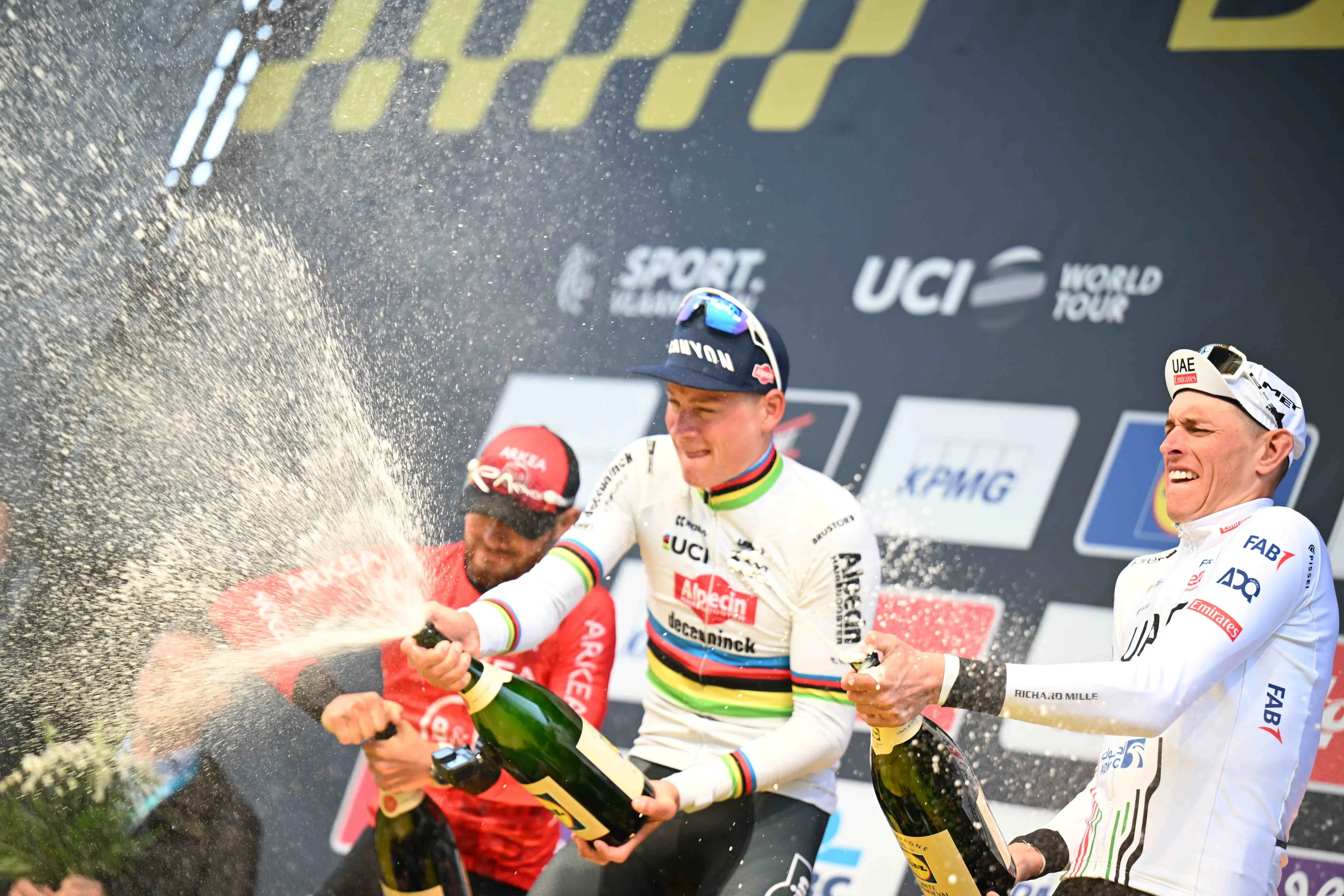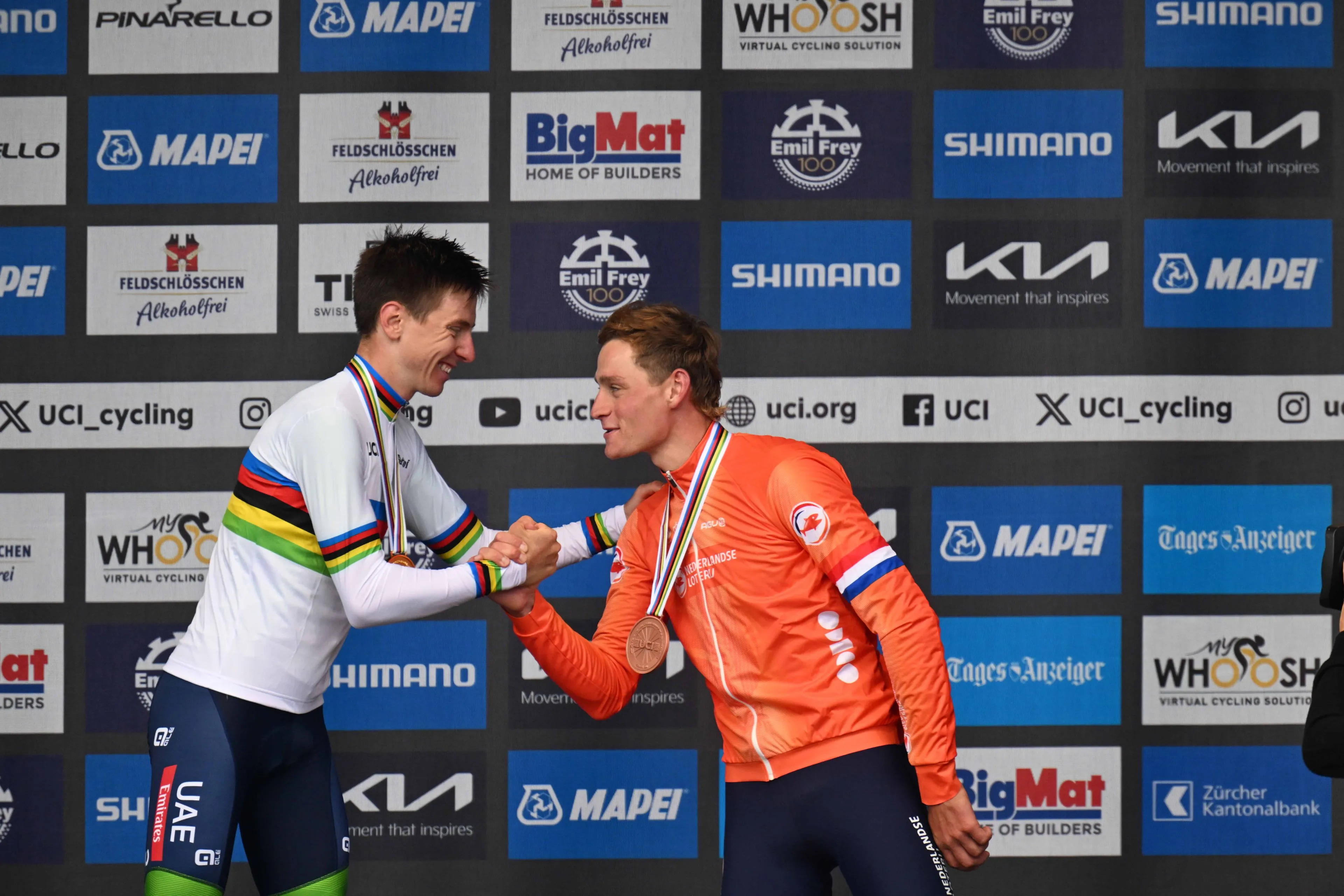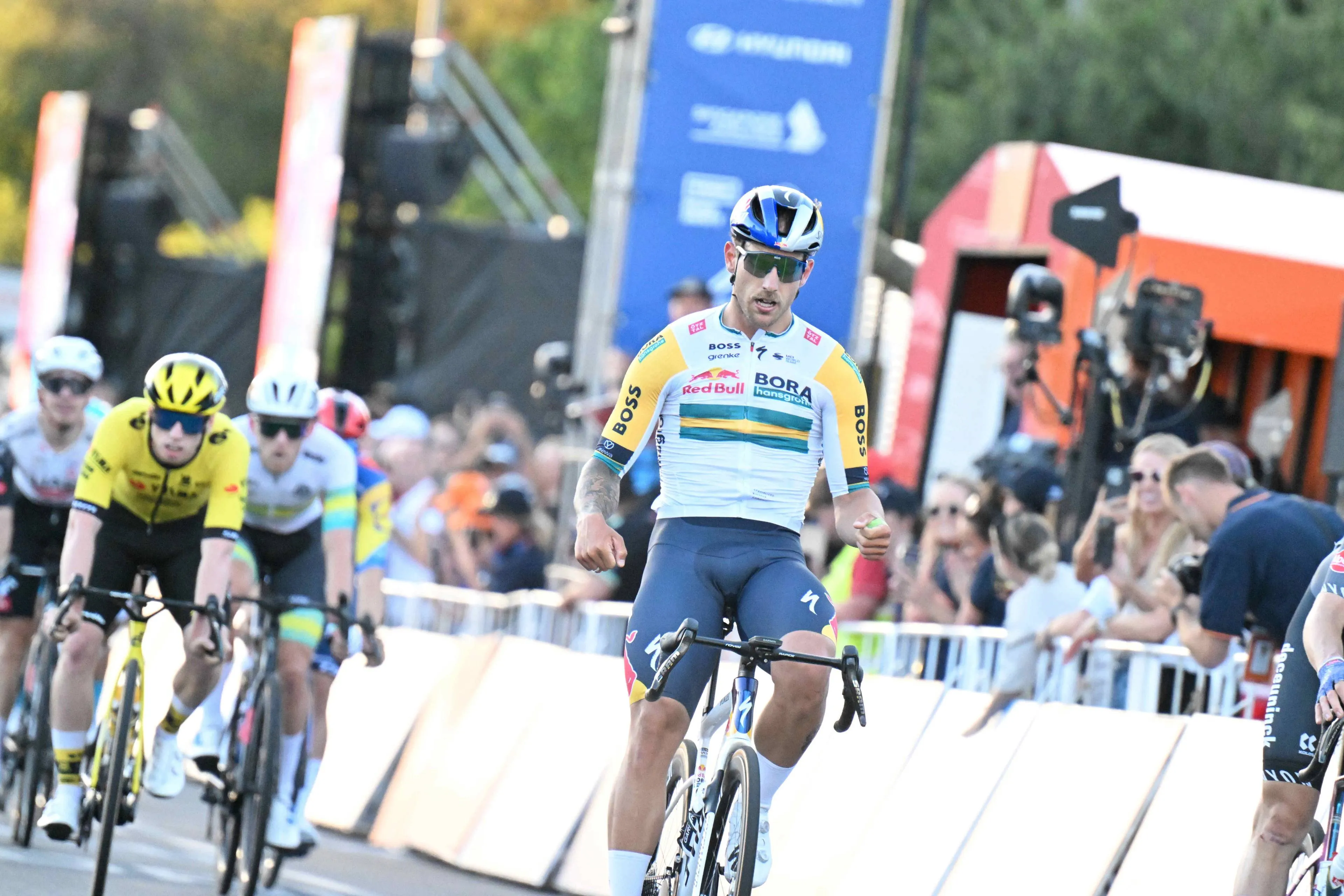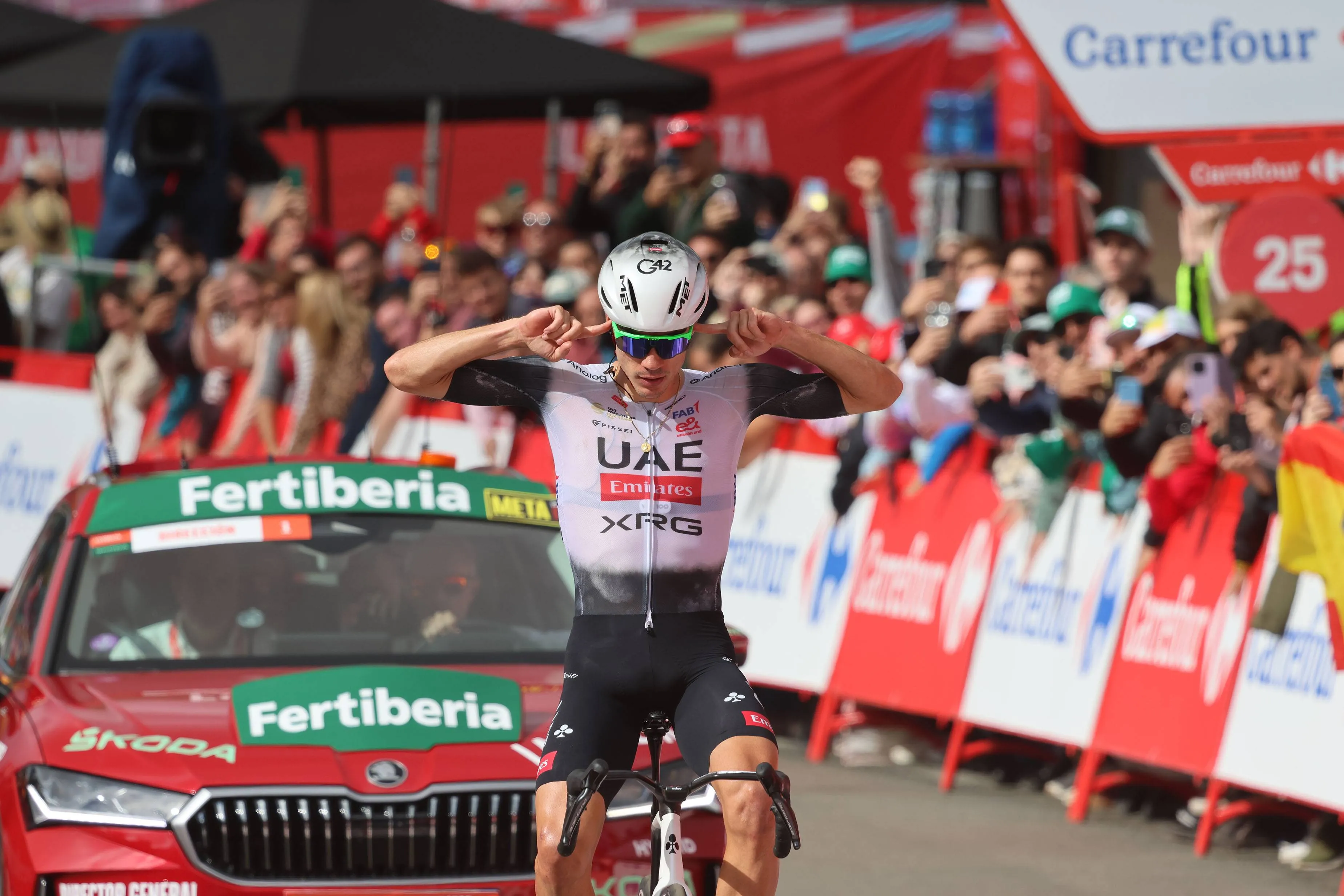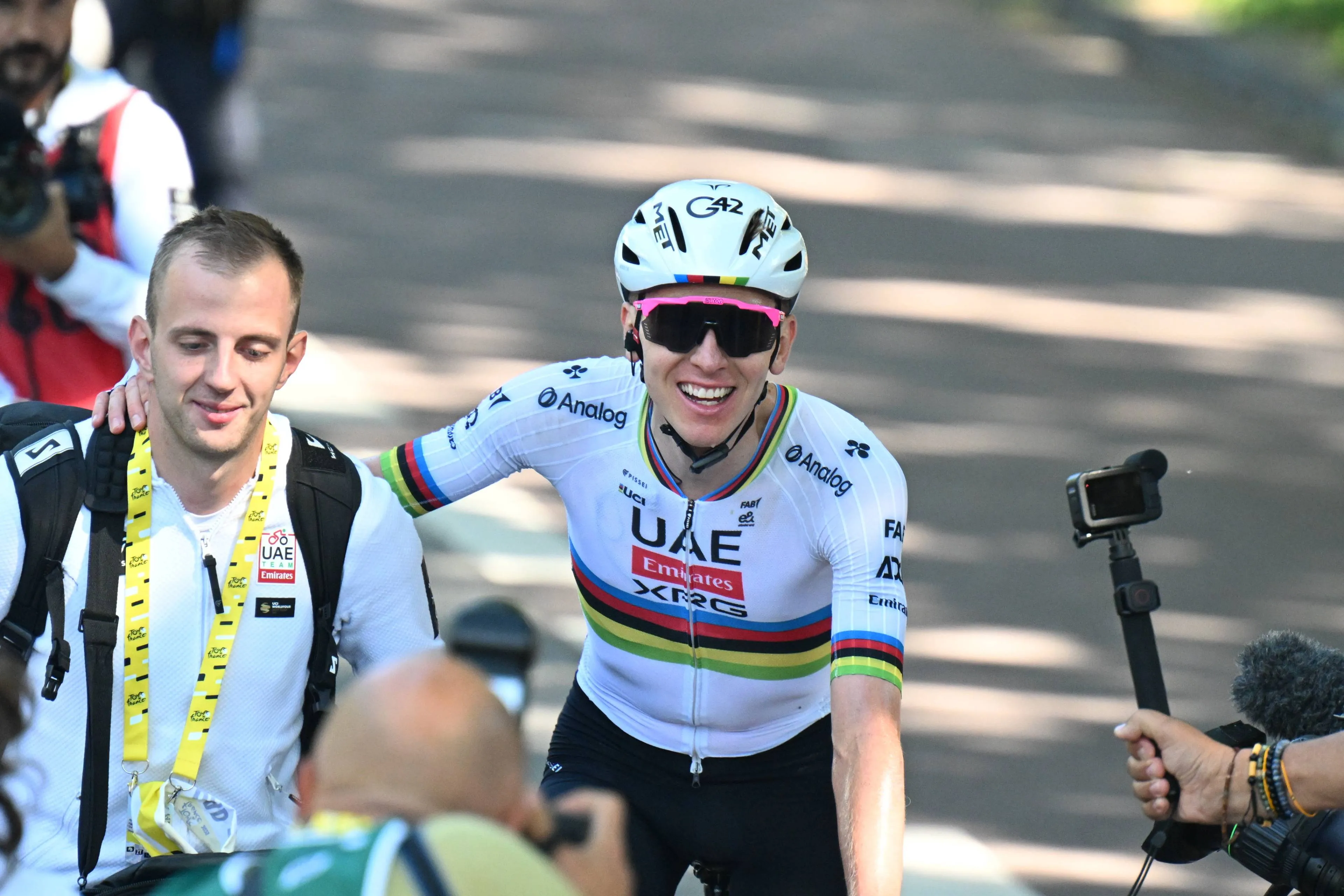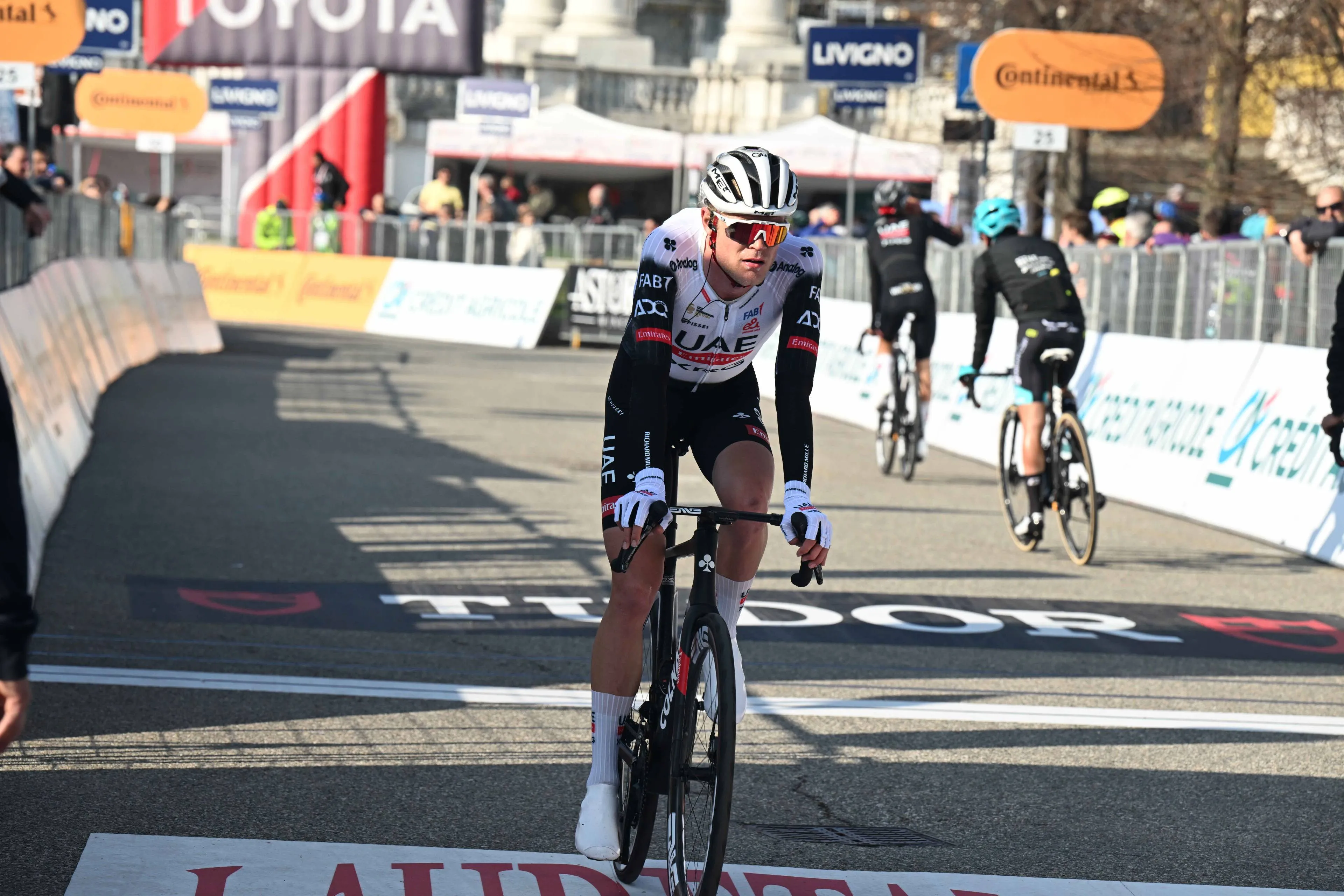ANALYSIS | From Merckx to Van der Poel and Pogacar: Exploring the history, legends and importance of the Tour of Flanders
CyclingSaturday, 05 April 2025 at 19:00
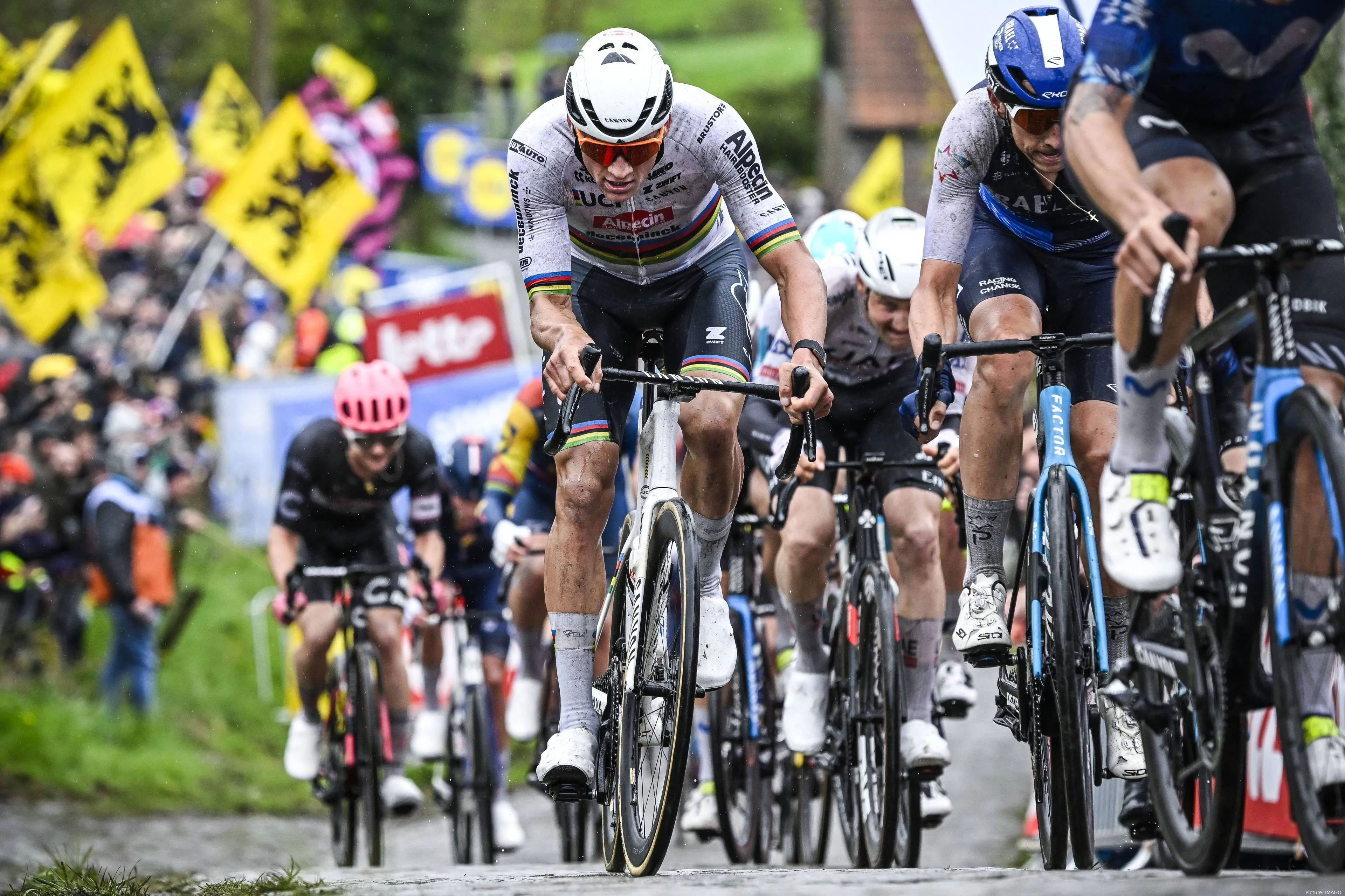
Every spring, the flatlands and cobbled hills of Flanders
transform into a grand stage for one of cycling’s most revered spectacles: the
Tour of Flanders, or De Ronde.
And this race is more than a sporting event; it’s a fervent
celebration of Flemish culture and pride. On race day, church bells yield to
roaring crowds and clinking beer glasses, as over a million spectators line the
narrow lanes to cheer their heroes. The men’s and women’s editions of the Ronde
van Vlaanderen have become twin pillars of Belgian heritage, and this weekend
it’s finally time for many fan’s favourite monument of the season.
Read also
Flemish identity
The Tour of Flanders was born in 1913 as both a bold
marketing stunt and a statement of Flemish nationalism. Karel Van Wijnendaele,
a young sports journalist, and Léon Van den Haute, a race organizer, conceived
a race to promote their sports newspaper Sportwereld and uplift the
Flemish people.
At the time, Belgium’s power structures were dominated by
French speaking elites, but Van Wijnendaele envisioned a cycling hero for the
Flemish, inspired by the Lion of Flanders from medieval lore. That first
edition in May 1913 saw racers depart from Ghent and battle across unpaved
roads, and it was the start of an event of huge cultural importance.
Read also
War-torn origins
The early decades of the Tour of Flanders cemented its
reputation for toughness, in one of the toughest era’s of humanity.
After a hiatus during World War I, the race returned in 1919
and has been held every year since. Remarkably, it even took place during World
War II, continuing on German-occupied territory with the tacit blessing of the
authorities. Through hard times, Flanders clung to its race, as subtle act of
defiance in an otherwise horrendous period.
The course itself evolved with the landscape. In the
mid-20th century, as rural cobbles were gradually paved over, organizers
scrambled to preserve the race’s soul. They added new hellingen (hills) to keep
it challenging, most famously the Koppenberg in 1976, and this brutally steep,
cobbled climb quickly entered cycling folklore.
Read also
In its first inclusion, even the great Eddy Merckx had to
dismount and walk, later grumbling that asking riders to scale the mossy
Koppenberg was simply too challenging. Despite complaints, the Koppenberg
became a fixture, and is now an icon of the Ronde’s beautiful brutality.
Today’s route is a tour of Flemish geography. The men’s race
runs approximately around270 km of Flanders’ narrow farm roads and bergs, while
the women’s course, around 160-170 km, covers many of the same famed climbs.
The two most important climbs are usually the Oude Kwaremont
and Paterberg, leg-breaking ramps that often decide the winner. In years past,
the infamous Muur van Geraardsbergen, a winding climb past a chapel, provided
decisive drama. Even after the finish moved from Ninove to Oudenaarde in 2012,
the DNA of the race remained.
Read also
Legends on the cobbles
In more than a century of Ronde history, certain names and
feats have achieved mythic status. The roll of honour reads like a Hall of
Fame, and uniquely, seven men share the record of three Tour of Flanders
victories. Among them is Achiel Buysse, a star of the second world war who won
three times in the 1940s, and Fiorenzo Magni who is the only man to have won
three in a row.
In modern times, Belgium’s Johan Museeuw, or should we say De
Leeuw van Vlaanderen (Lion of Flanders), defined the 1990s with three wins. Museeuw’s
heir apparent, Tom Boonen, then took up the mantle in the 2000s, thrilling home
fans with three wins of his own and titanic duels against Switzerland’s Fabian
Cancellara (another three time winner).

Mathieu van der Poel is the current King of the cobbles
And now it’s Mathieu van der Poel with three wins to his
name, can he make it a fourth on Sunday? Or will a certain Tadej Pogacar win
for the second time?
The weather
The Tour of Flanders has seen editions that border on epic
or absurd, which have only reinforced its legend. In 1961, a fierce wind blew
down the finish-line banner, as Britain’s Tom Simpson and Italy’s Nino
Defilippis were sprinting for victory when Defilippis misjudged where the
finish was, allowing Simpson to sneak the win.
The weather often adds its own plot twists. In 1985, a
howling storm turned the Ronde into a survival race, with riders lashed by icy
rain “as cold as Siberia all day”. Only 24 of the 173 riders finished that day,
and Belgium’s Eric Vanderaerden became a legend by clawing back to the front
and winning solo in apocalyptic conditions.
Read also
Two years later, 1987 brought the infamous Koppenberg
incident, where Denmark’s Jesper Skibby slipped and fell on the slick
Koppenberg; an official’s car ran over his rear wheel, nearly crushing his leg.
Enraged spectators bombarded the car with mud and beer cups. Amid the chaos, a
French-speaking Belgian, Claude Criquielion, claimed victory, notable as the
Ronde’s first Walloon winner, triumphing in the heartland of Flemish cycling.
Even prizes and antics in Flanders can be colourful. In the
lean 1940s, when supplies were thins, riders would receive awards such as
cycling gear or even razors. As recently as 2015, Matt Brammeier sprinted
mid-race to win his weight in beer from Steene Molen brewery.
Rise of the Women’s Ronde
For decades, the passion for De Ronde was a mostly for the
male race. That changed in 2004, when the first Tour of Flanders for Women was
held, signalling a new era of inclusion. The inaugural women’s Ronde on 4 April
2004 covered 94 km, finishing in Ninove with the same decisive climbs (Muur and
Bosberg) as the men. Russia’s Zoulfia Zabirova broke away on the Muur to win,
etching her name in history as the first women’s champion of Belgium’s most
beloved race.
In the following years, the race quickly grew in length and
stature. By 2016 it was part of the elite UCI Women’s WorldTour, and in 2018 it
became the first women’s event to be televised in full.

Will Lotte Kopecky add another Tour of Flanders title to her name?
The women’s Tour of Flanders has developed its own rich
lore. It was not without teething problems: the 2005 edition infamously ended with
a disaster when a lead car misdirected a large chase group off course in the
final kilometres. As a result, only the two breakaway leaders were classified,
and 20 riders were disqualified for effectively riding the wrong way to the
finish.
In the years since, women’s Ronde has delivered spectacular
racing and deserving winners. Legendary figures of women’s cycling have won on
Flanders’ cobbles: Judith Arndt notched two wins (2008, 2012); Britain’s Lizzie
Armitstead/Deignan won in 2016; and one of the greatest ever riders, Anna van
der Breggen, won spectacularly in 2018.
Dutch superstar Marianne Vos finally added Flanders to her
palmarès in 2013, after several podium near-misses. Perhaps the queen of recent
years has been Belgium’s own Lotte Kopecky, who thrilled home fans with
back-to-back wins in 2022 and 2023, and she will be in contention again this
weekend.
Read also
In 2021, the ageless Annemiek van Vleuten, 38 years old at
the time, attacked on the Paterberg to claim her second Ronde title, a full
decade after her first. And last year, it was the turn of Elisa Longo Borghini
to win the race. So no, Demi Vollering is yet to become the queen of the
cobbles…
The inclusion of the Koppenberg in 2022 for the women and a
virtually identical finish to the men’s race have elevated the event’s status.
Today, the Ronde van Vlaanderen, men’s and women’s, together represent cycling
at its most inclusive and inspiring, each race enriching the other’s legacy.
Both are now simply referred to as the Tour of Flanders (Elite Men and Elite
Women), sharing the name and the spotlight on Flanders’ biggest sporting day.
Read also
Flanders’ Holy Week
The Tour of Flanders holds a special place in the broader
context of cycling’s spring classics, as it is the heart of the so-called “Holy
Week” of cycling. In Belgium, the Ronde is the culmination of a week of local
races and festivals celebrating the region’s cycling culture. It traditionally
falls on the first Sunday of April, and one week later the warriors of the road
face Paris–Roubaix, another cobbled Monument just across the border in France
Together, Flanders and Roubaix form a brutal one-two punch
on the calendar, but many riders will tell you Flanders is the one closest to
their hearts. Just last year, Mathieu van der Poel pulled off one of the greatest
two punch combinations we’ve seen over the two weekends, and he’ll be looking
to do the same again this week.
Read also
As the sun sets on Oudenaarde on Sunday after another Tour
of Flanders, the winners will join a pantheon of legends. Their exploits will
be told and retold in Flemish bars and cycling clubs, becoming part of the lore
that young riders dream about. And the people of Flanders, who treat this race
as an unofficial national holiday, will already be counting down to next
spring, when the Ronde rolls again.
In Flanders, the roads remember, the lions flags will wave,
and the story of the Tour of Flanders, brutal
and beloved, will carry on.
Read also
claps 2visitors 2
Just in
Popular news
Latest comments
- Overall, the level has gone up amongst the top 3 or 4 teams... Except for Ineos, the level has gone down.
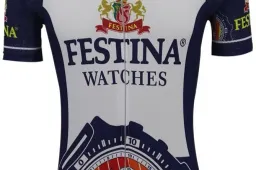 Front24216-12-2025
Front24216-12-2025 - So long as Tadej doesn't turn into a raging Cav or Wiggins, status quo will prevail.Colnago-fan16-12-2025
- The UCI have stated that Carboni's biological passport irregularities were from 2024, when he was riding for JCL Team UKYO. The details matter.
 santiagobenites16-12-2025
santiagobenites16-12-2025 - Well, it might sound very arrogant or like a put down. I think his words are pretty accurate and a good assessment on the physique or formOnepiece16-12-2025
- Johansen gets a year and the 'big stars' get big bucks and everything...' Gianetti - hard fkr
 leedorney16-12-2025
leedorney16-12-2025 - Pedersons talent doesn't need to be doubted - he won the world's in Yorkshire in atypical weather for that area and that's a win in itself!
 leedorney16-12-2025
leedorney16-12-2025 - Yeah, it's basically a form of clickbait to make you click on the headline and spend a few seconds reading to find out who it is. That helps with the analytics that advertisers are looking for (i.e. how long readers are spending on the page).Pogboom16-12-2025
- The headline doesn't say anything... Right down the page tho, it says Sam Welsford 🙄 Like how fkg hards that... TO PUT IN THE HEADLINE 🙃
 leedorney16-12-2025
leedorney16-12-2025 - We are talking here about 2025/2026 season. It is obvious that everybody gets old and at some point going to be slower.averagecyclist16-12-2025
- The only way to win against a stronger rider is by using tactics. You don't work with them, let them expend energy while you remain in the wheels.abstractengineer16-12-2025
Loading
Write a comment
